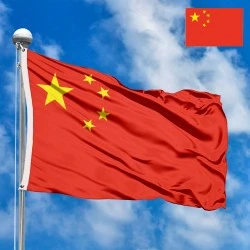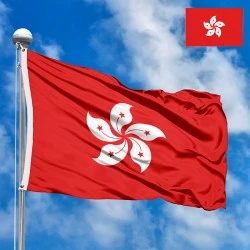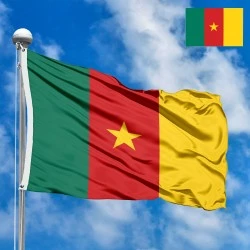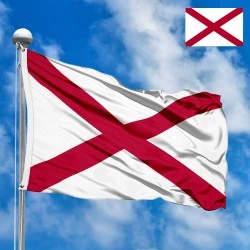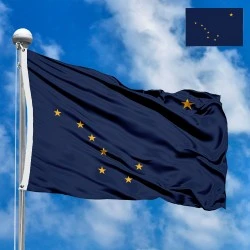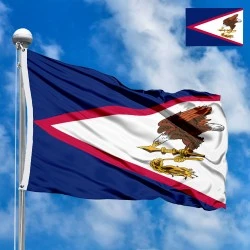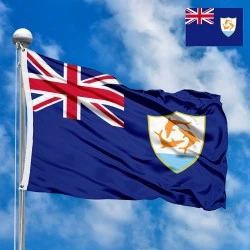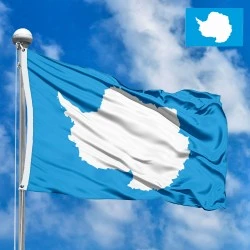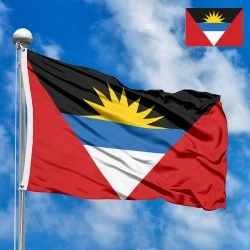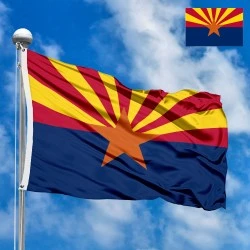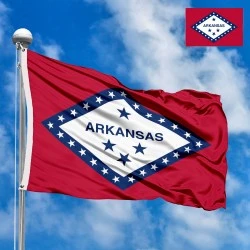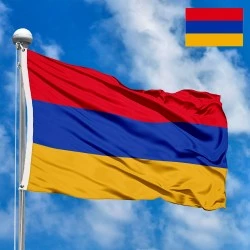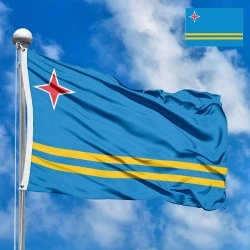Flag of Macau
- Flag Type: Regional
- Proportions (official): 2:3
- Official name: Macau Special Administrative Region of the People's Republic of China
- Local name: 澳門特別行政區, Região Administrativa Especial de Macau
- Sovereignty (year): NO (SAR of PRC since 1999)
- Country code, territory: MO, MAC, 446
- Population: ~690,000 (2024, DSEC)
- Religions: Folk Religions ~80%, Catholicism ~5%
- Area (km²): 32,9
- Highest point: Coloane Alto (170 m)
- Lowest point: South China Sea (0 m)
- Currency: Macanese pataca (MOP, MOP$)
- Languages: Chinese, Portuguese
- Dialing code: +853
- National domain: .mo
Flag Information
General information
Demography and Culture
Economy and communications
- All Flags
- Flags of Countries by Continent
-
Flags of Organizations
- Flags of UN countries
- Flags of the European Union countries
- Flags of NATO countries
- Flags of the countries of the Organization of Islamic Cooperation
- Flags of the countries of the Organization of American States
- Flags of the Arab League countries
- Flags of the African Union countries
- Flags of the countries of the Union of South American Nations
- Flags of the Commonwealth of Nations
- Flags of the countries of the Secretariat of the Pacific Community
- Flags of the Nordic Council countries
- Flags of the Caribbean Community
- Flags of the countries of the Association of Southeast Asian Nations
- Flags of the East African Community
- Flags of the countries of the Organization of Turkic States
- LGBT Community Flags
- Historical Flags
- Ethnic Flags
- Flags of the USA (states)
Description
The Regional Flag of the Macau Special Administrative Region of the People's Republic of China is more than just a piece of cloth; it is a vibrant tapestry woven with the rich history, unique identity, and aspirations of Macau's people. Adopted on January 15, 1993, and officially hoisted on December 20, 1999, when Macau transitioned from Portuguese administration to Chinese sovereignty, this flag encapsulates the spirit of "One Country, Two Systems" and Macau's enduring legacy as a bridge between East and West. Understanding its design, history, and profound significance offers a captivating insight into this dynamic region.
A Visual Symphony: Description, Dimensions, and Element Arrangement
The Macau flag features a light green field, a hue carefully chosen to symbolize hope, vitality, and the lushness of the land. This vibrant background serves as the canvas for a stylized, five-petaled white lotus flower situated centrally. The lotus, revered in Chinese culture, represents purity, integrity, love, and honor, blooming majestically from a base of three undulating white lines. These lines are not merely decorative; they ingeniously depict the water of the sea, signifying Macau's status as a coastal city and a historic port, a gateway to the Pearl River Delta. Below the lotus and the wavy lines, a graceful arch of five golden, five-pointed stars is positioned. One large star occupies the center, flanked by two smaller stars on each side, forming a symmetrical arc that mirrors the shape of the lotus petals. These stars are a direct echo of the five stars on the national flag of the People's Republic of China, symbolizing Macau's inextricable link to the motherland while acknowledging its distinct administrative status. The careful arrangement and proportionality of these elements create a harmonious and visually balanced emblem.
While precise official dimensions for website display are flexible, the flag's ratio is typically 2:3 (height to width), mirroring the standard for many national and regional flags. This conventional proportion ensures visual consistency and ease of reproduction across various media, from monumental flagpoles to digital platforms. The specific shades of green, white, and gold are precisely defined by the government to ensure consistency in reproduction, maintaining the flag's integrity and symbolism. The light green is often described as a verdant, almost jade-like hue, while the gold of the stars is a rich, warm tone. The white of the lotus and waves is a pristine, clean white, emphasizing purity and clarity.
Echoes of Time: The History of the Flag's Creation
The journey to the adoption of Macau's flag was a deliberate and meticulous process, deeply intertwined with the impending handover from Portugal to China. Following the signing of the Sino-Portuguese Joint Declaration in 1987, which set the framework for Macau's future as a Special Administrative Region, a Basic Law was drafted to define its autonomy. As part of this process, the need for a distinct regional flag and emblem became paramount.
A public competition for the design of the flag and emblem was launched in 1990, inviting submissions from across Macau and mainland China. This initiative aimed to gather diverse perspectives and ensure that the chosen design genuinely represented the aspirations of the people. Over 1,000 designs were submitted, reflecting a wide array of artistic interpretations and symbolic representations. A specialized committee, comprising experts in heraldry, art, and history, meticulously reviewed these submissions.
The winning design, which forms the basis of the current flag, was created by Xiao Hongda (肖紅達), a professor from Beijing. His design ingeniously integrated elements that simultaneously paid homage to Macau's unique identity and its connection to China. The concept of the lotus, being a flower prevalent in Chinese culture and particularly significant in Buddhist symbolism, was seen as an ideal representation of Macau's peaceful nature and prosperity. The inclusion of the five stars, directly referencing the national flag, firmly established Macau's "One Country, Two Systems" framework, acknowledging its high degree of autonomy within the People's Republic of China. The wavy lines, symbolizing the Pearl River and the sea, subtly highlighted Macau's geographical and historical role as a maritime hub. The light green background was chosen for its connotations of peace, stability, and a promising future – a stark contrast to the red and yellow often associated with revolutionary fervor, opting instead for a calming and hopeful palette.
The final design was approved by the National People's Congress of China on January 15, 1993, and formally promulgated as part of the Basic Law of the Macau Special Administrative Region. Its adoption marked a crucial step in Macau's journey towards its return to the motherland and the establishment of its new political and administrative identity.
Macau's Identity Woven in Fabric: Significance for the Region
The flag holds profound significance for Macau, acting as a powerful symbol of its autonomy, prosperity, and unique cultural blend. It visually articulates the "One Country, Two Systems" principle, under which Macau enjoys a high degree of autonomy, maintaining its own legal system, currency, customs territory, and even its own immigration policies, distinct from mainland China. The flag is a constant reminder of this special status, guaranteeing a capitalist system and way of life for 50 years after the handover.
For the residents of Macau, the flag embodies their local identity and pride. It represents their history, from its humble beginnings as a fishing village to its transformation into a global center for tourism and entertainment. The lotus, blooming from the waves, can be interpreted as Macau's enduring prosperity and resilience, rising from its maritime heritage. The flag is displayed prominently on government buildings, schools, and during public holidays, serving as a unifying emblem that fosters a sense of community and belonging among its diverse population, which includes Chinese, Portuguese, and various other nationalities. It stands as a testament to Macau's successful transition and its continued development under the Basic Law.
Intriguing Facets: Interesting Facts about the Macau Flag
-
Symbolic Continuity: While the design is new, the principles it embodies – peace, prosperity, and connection – echo sentiments that have been important to Macau throughout its history.
-
Contrasting Colors: The choice of light green is notably different from the predominantly red and yellow of the Chinese national flag, visually emphasizing Macau's distinct administrative status and its "high degree of autonomy" under "One Country, Two Systems." This deliberate color differentiation reinforces its separate identity while acknowledging its sovereignty.
-
The Lotus's Local Connection: While the lotus is a general symbol of purity in Chinese culture, it also has a particular resonance in Macau, where lotus flowers are often seen in local gardens and artwork, making the symbol feel even more indigenous to the region.
-
Architectural Integration: Elements of the flag's design, particularly the lotus and the stars, are often incorporated into architectural motifs and public art throughout Macau, further embedding its symbolism into the urban landscape.
-
Parallel with Hong Kong: The design process and the fundamental principles behind the Macau flag share strong parallels with the flag of the Hong Kong Special Administrative Region, both having been created and adopted under the "One Country, Two Systems" framework with public design competitions. Both flags aim to represent local distinctiveness while acknowledging national sovereignty.
-
Historical Evolution of Flags in Macau: Prior to 1999, the flag flown over Macau was the Portuguese national flag. The adoption of the new SAR flag marked a significant and visible shift in sovereignty and identity, transforming the visual representation of the territory.
The Moment of Transition: Adoption and Reception
The official adoption of the Macau SAR Flag occurred on January 15, 1993, when it was formally approved by the Eighth National People's Congress of the People's Republic of China. This approval was a crucial legislative step, cementing its status as the official emblem of the soon-to-be-established Special Administrative Region.
However, the most symbolic moment of its adoption came on December 20, 1999, at midnight, during the solemn and historic handover ceremony. As the Portuguese flag was lowered for the last time, the new Regional Flag of the Macau Special Administrative Region, alongside the national flag of the People's Republic of China, was raised for the first time over Macau. This moment, witnessed by dignitaries from around the world and broadcast globally, marked the official return of Macau to Chinese sovereignty after over 400 years of Portuguese administration. The raising of the flag was met with immense pride and emotion by many residents, signifying a new chapter in Macau's history. The reception was largely positive, with the flag seen as a modern and fitting representation of Macau's unique position and future aspirations. It symbolized the peaceful and orderly transfer of power, and the continued prosperity of the region under its new governance model.
A Beacon of Hope: Meaning for Residents
For the people of Macau, the flag is more than just a national symbol; it is a beacon of their unique identity, stability, and enduring prosperity. It represents the culmination of a peaceful transition, ensuring that Macau maintains its distinct way of life, its economic vibrancy, and its cultural heritage. The lotus flower, emerging pure and strong from the waves, is seen by many as a metaphor for Macau itself – a resilient entity that has weathered historical changes and continues to flourish.
The light green background evokes a sense of peace and tranquility, reflecting the stability and security that residents experience. The five stars symbolize their connection to the vastness of China, acknowledging their place within the broader nation while the flag simultaneously champions their local autonomy. It speaks to the promise of "One Country, Two Systems," fostering confidence in their future. For many, it represents a sense of belonging, a visual affirmation of their home's special status on the global stage, and a source of collective pride in their cultural fusion and economic success. The flag unites residents of diverse backgrounds, reminding them of their shared destiny and the bright prospects that lie ahead for the Macau Special Administrative Region.
In the demonstration images, full-size flags are shown with proportions of 2:3, and hand-held flags with proportions of 1:2.
Donation
Download
Completely free for commercial and non-commercial use (public domain).
You can freely use them in your news magazines, websites, software, mobile applications.
We appreciate a backlink to https://flagssite.com
Raster files - Flag of Macau (PNG, JPG)
 Waving flag
Waving flag
- PNG format (transparent background), 72dpi, dimensions in Pixels (px), aspect ratio 3:4.
- 15х20 px
- 30х40 px
- 60х80 px
- 120x160 px
- 240x320 px
 Sizes:
Sizes:
"v15" - image size (by height); if necessary, replace with available: v15, v30, v60, v120, v240.
!!! For resizing, use the Latin (eng) keyboard layout.
<img src="https://flagssite.com/flags/v15/20350.png" alt="Flag of Macau">
 Round flag
Round flag
- PNG format (transparent background), 72dpi, dimensions in Pixels (px), aspect ratio 1:1.
"d15" - image size (diameter); if necessary, replace with available: d15, d30, d60, d120, d240.
!!! For resizing, use the Latin (eng) keyboard layout.
<img src="https://flagssite.com/flags/d15/20350.png" alt="Flag of Macau">
 Rectangular flag 2:3
Rectangular flag 2:3
- JPG format, 72dpi, dimensions in Pixels (px), aspect ratio 2:3.
"h30" - image size (by height); if necessary, replace with available: h15, h30, h60, h120, h240, h360, h480.
!!! For resizing, use the Latin (eng) keyboard layout.
<img src="https://flagssite.com/flags/h30/20350.jpg" alt="Flag of Macau">

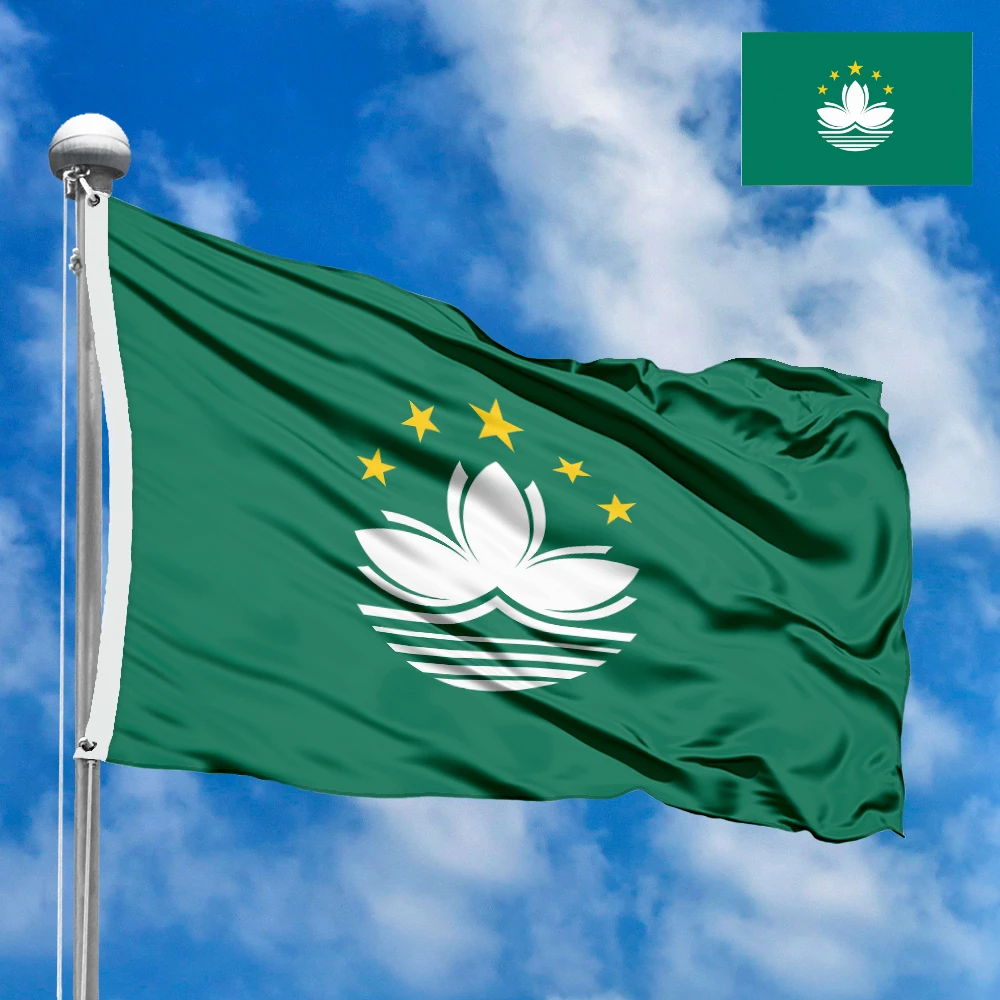
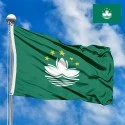
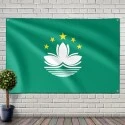



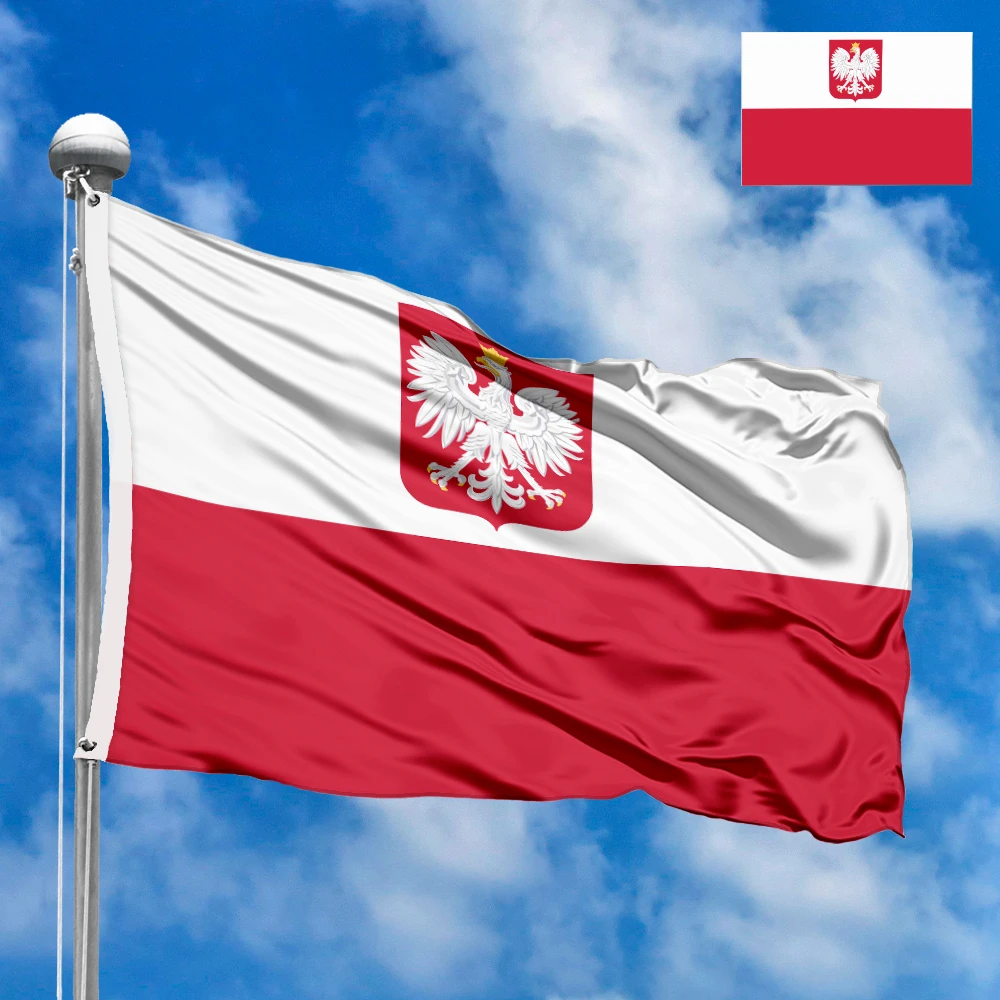

 Sizes:
Sizes:
 Sizes:
Sizes:
